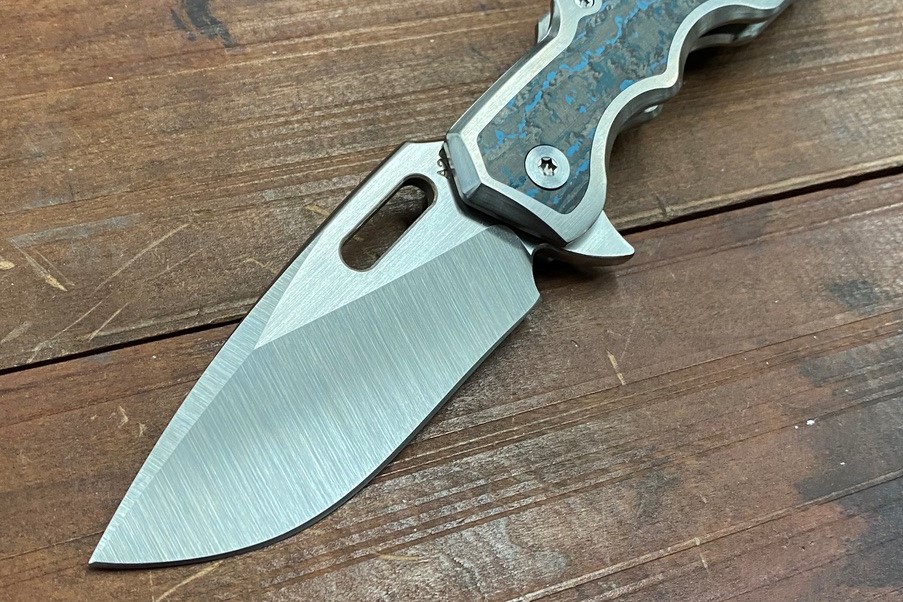As a subject matter expert on edged tools and a knife designer for cutlery industry icons such as Buck Knives, BladeTech, Strider Knives, 5.11, BenchMade, TKell Knives, and the like, I am often asked by people looking to purchase a quality everyday carry (EDC) knife, the ubiquitous question “What’s the best EDC knife choice for me?”
“What’s the best EDC knife choice for me?”
Very much like asking, “What’s the best gun choice?” the honest answer is “The one that best fits your physical profile and usage needs.” The first step to making this decision is to decide exactly what you’re going to use the knife for. Form fits function. If it’s strictly a work knife and your job is to slice and package pineapples all day, then you need a pineapple slicer. If you open boxes all day, then you need a box opener.
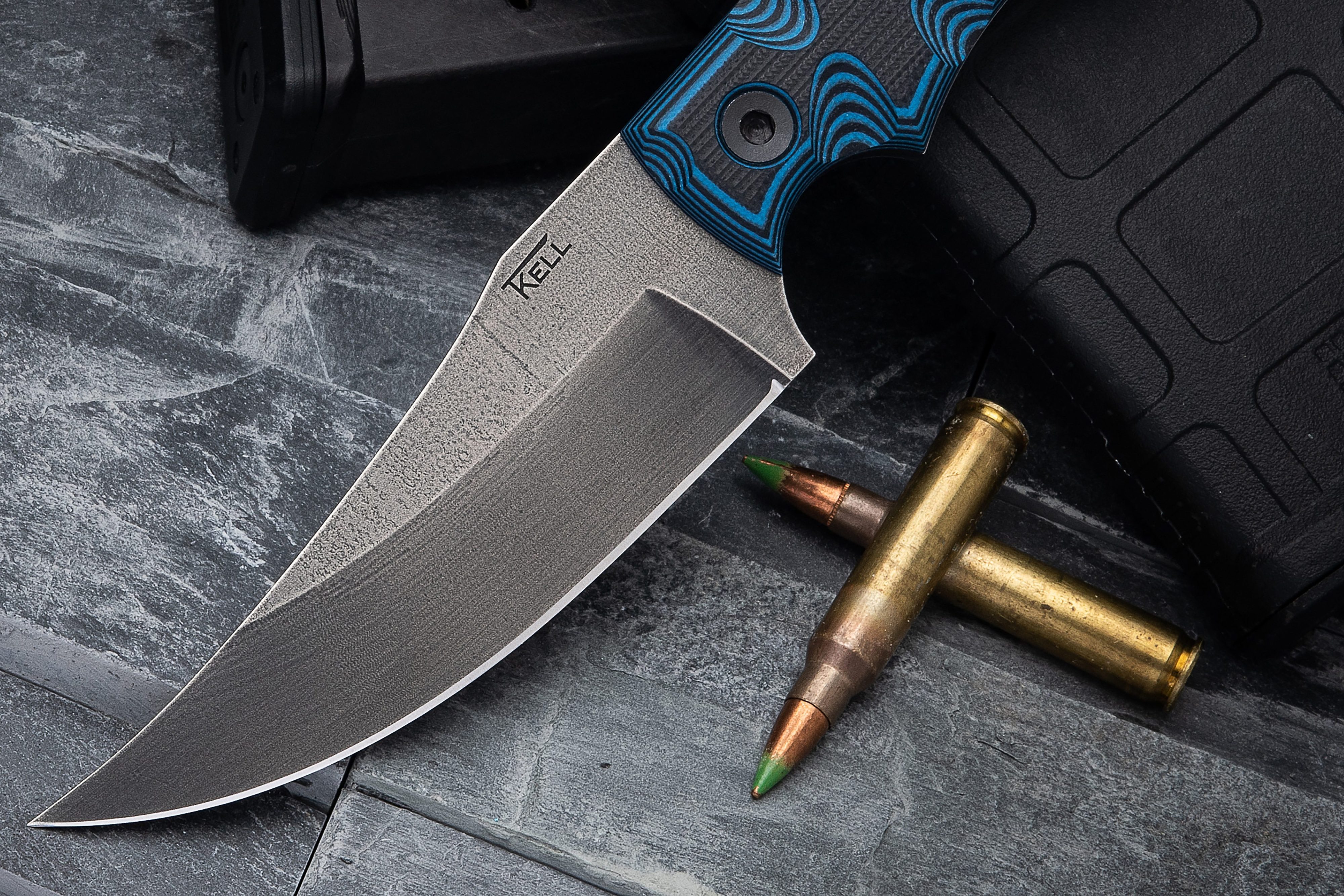
If you are looking for a general utility knife to open boxes, cut twine, slice an apple or whittle some wood, then look at the knife’s features conducive to its end use in practical application. However, if you intend to carry your EDC blade for general utility and self-defense, then there are a few more recommended features you may want to consider.
First off, you need to find out if the self-defense knife features you seek are legal. Certain blade lengths and overall knife lengths are not permitted in some states. Push-button folding blade opening mechanisms, for example, fully automatic such as “out the side’ or “out the front” (OTF) aka ‘switchblades’ may be prohibited. The way a knife opens to include full-assist or partial assist may also be restricted.
Certain fixed or folding blades such as dirks, daggers (stilettos, push daggers, etc.) may be forbidden. Other specialty or novelty knives such as tri-folds, Bali-Song (aka butterfly knife), and the like are considered gravity knives and may also be considered illegal in certain states. Legality is your primary issue should you choose to legally own and carry a specific fixed or folding knife intended for use in personal defense.
Fixed Blades
Your next consideration should be if you want the blade to be fixed or folding. The pros of a fixed blade are that it has no moving parts and can be rapidly deployed in exigent circumstances. The cons are that they require a sheath for obvious reasons and, as such, may take up more bodily real estate. Blade size does matter on a fixed blade as most store larger than their folding counterparts. Although you can find compact or sub-compact fixed blades, you must then be sure that your hand size is commensurate with the fixed blade handle, sheath, deployment method, and blade.
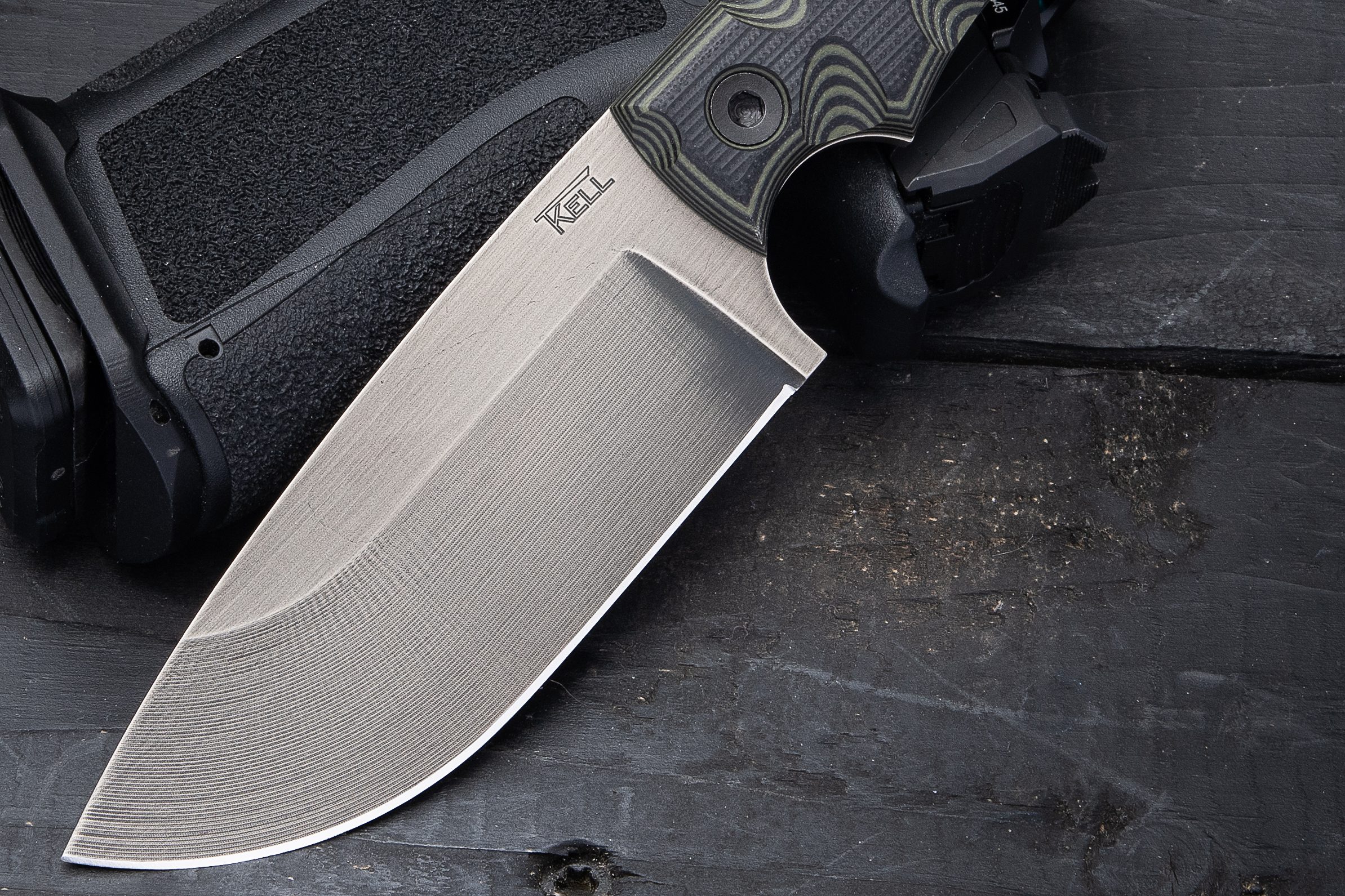
If you plan on using your fixed blade for self-defense, you must ensure that in a violent physical altercation where you may find yourself under duress that if your hand is covered in sweat, blood, water, or subjected to bitter cold, that you can maintain a positive grip on the knife when slashing and especially thrusting.
A powerful physical thrust with a fixed blade under such conditions may cause your hand to slip forward over and onto the blade during target impact. To prevent this catastrophe from occurring, you want to have a fixed blade feature such as a crossbar, thumb ramp, jimping (scores in the handle and/ or blade nearest the handle) to prevent your thumb and hand from sliding forward with hard use..
It is also recommended to have a deep enough forefinger stop to help support any forward hand slippage during aggressive use. If the forefinger grove is too shallow or non-existent without a crossbar, then you would need to rely fully on the thumb stop. Minus a crossbar, it is recommended to have both a robust forefinger stop with an aggressive thumb stop to prevent inadvertent contact with the business part of the blade. If a prospective fixed blade doesn’t have a crossbar or a thumb stop, or a finger stop, you may not want to consider an alternative model for use in self-defense.
Folding Blades
The world of fixed blades is wrought with an even wider array of personal choices as folding blades have clips for convenient carry and access, moving parts to include opening (auto, assist, partial-assist, gravity, manual et al) and closing mechanisms plus locking mechanisms to include liner locks, frame locks, axis locks, latch locks, back locks and the like.
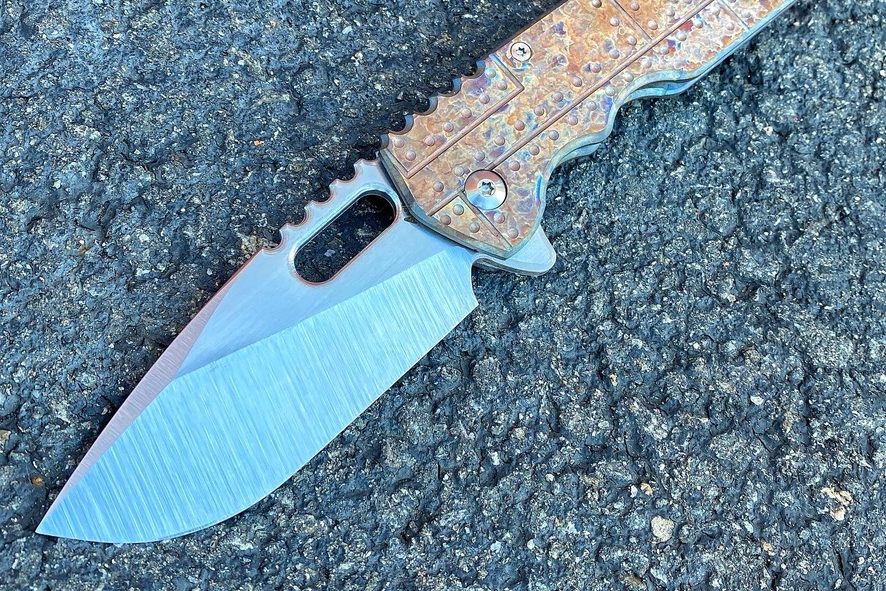
As opposed to the fixed blade, where there is only one direction in or out of the sheath, the direction of the clip and the direction of the blade determines access and deployment of the knife (which would be under duress if you are considering its use in self-defense).
If the clip and the blade are pointing in the same direction and carried in your pocket or inside the waistband (IWB), then this configuration requires you to push away from your intended carry location to appropriately position your thumb for opening.
If the clip and the blade are pointing in opposite directions and carried in your pocket, then you push your thumb deep into your intended carry location and position your thumb in close proximity to the opening mechanism.
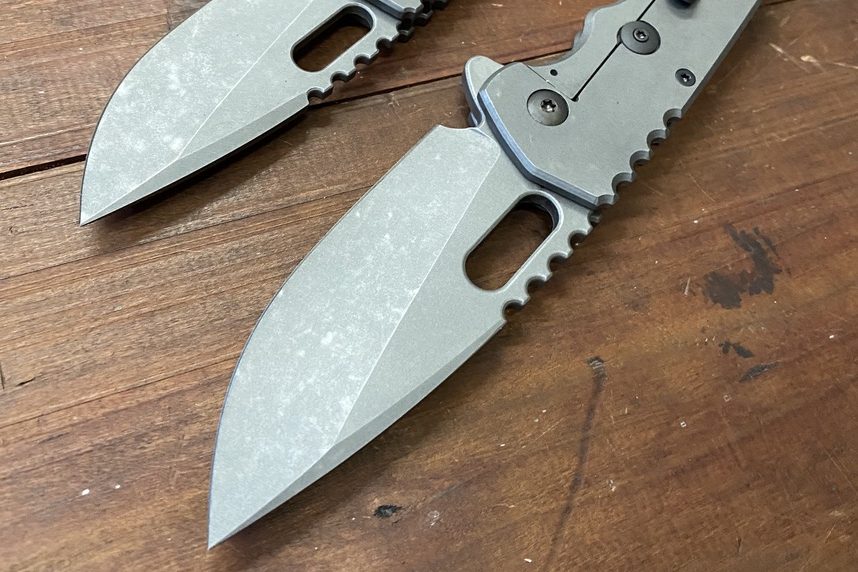
The thumb post, thumb hole, or thumb indent also come in an endless array of sizes, styles, and positions. You may look at them, work with them and find that they may be too big, too small, too slippery, or could tear your thumb up with repetitive use. You may find it to be too far, too close, or too tight for your thumb strength.
You may also find that some locking mechanism(s) may be too cumbersome or time-consuming to manipulate. Some folding knives have safety locks in addition to their blade locks, and over time these can get filled with lint and other debris, which render the device frozen in one position or the other.
Fixed or Folding
Whether fixed or folding, most folks ask about the steel. What type of steel, its heat treat, hardness (Rockwell rating), and finish. There’s no one answer. It’s more of a balancing act between hardness and sharpness. If a blade is too hard, it holds an edged but can be too brittle and chip. Whereas a blade that’s softer may not chip but needs to be sharpened more often. In reality, most of the major manufacturers guarantee their blade quality, so it’s less of a concern than most tend to think.

Good overall construction materials and quality hardware are essential to something you intend to trust for your safety and well-being.
An important consideration in purchasing a fixed or folding blade for both self-defense and utility use is what it says on the label. What might be the reaction of the jury if you ever had to go to court in defense of using your EDC knife in a fight for your life and the manufacturer’s label reads ‘The Black Death Ninja Killing Widow Maker?” Try and stay away from those tagged such with things like ‘Human Skull Crusher,’ ‘Reaper’ and the like. So too with adverts that play fast and loose with language mean to like “cutting throats,” “knife play,”
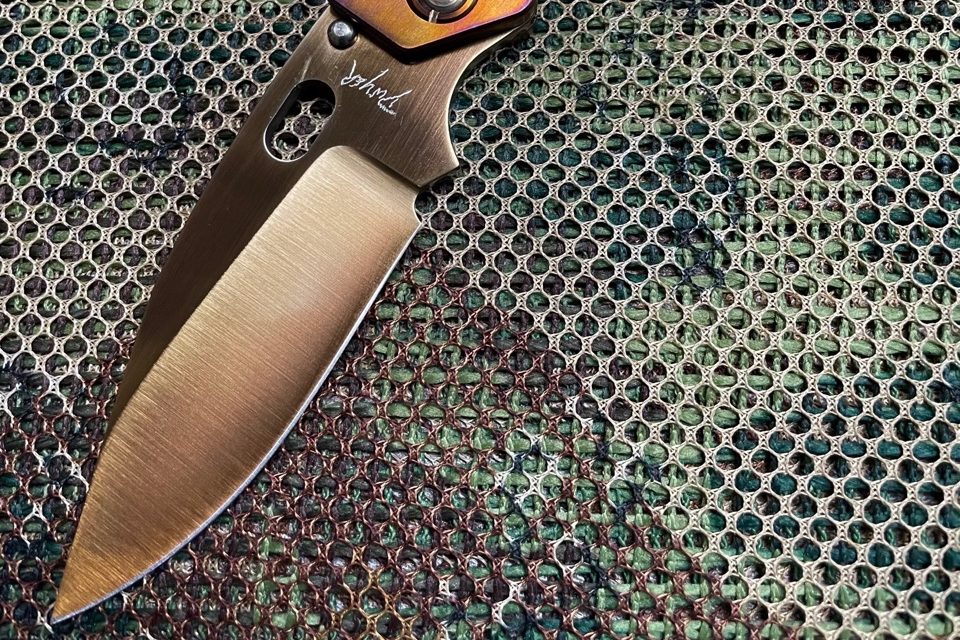
Blade geometry and edged grinds also play an important consideration in practical application and legality. Single or double-edged fixed and folding blades abound, and where most single-edged blades may be legal double-edged blades may not.
In addition to the paramount ‘form fits function’ consideration, the real answer to the question “What is the best EDC knife for me?” is trial and error. Nothing can replace holding it in your hand and trying it out for fit and feel. Attend a knife class with your EDC knife, and much like a gun class where you truly find if your gear works, you will find out firsthand if your knife is a good fit or ends up on eBay.
About the Author:
Steve Tarani is a former full-time CIA protective programs employee, small arms and defensive tactics subject matter expert who served on POTUS 45 pre-election executive protection detail. He is the lead instructor for NRA’s non-ballistic weapons training program offered nationally and a widely recognized SME on matters of personal protection and urban survival. Tarani is also a DoD and FLETC-certified federal firearms instructor who has been on staff at Gunsite Academy (AZ) as a Rangemaster for over twenty years. Formerly sworn, he is also a former federal contractor and service provider for the US Defense Intelligence Community, US Naval Special Operations Command, and other government agencies. Additionally, Tarani serves on the National Sheriffs’ Association Committee for School Safety and Security.

